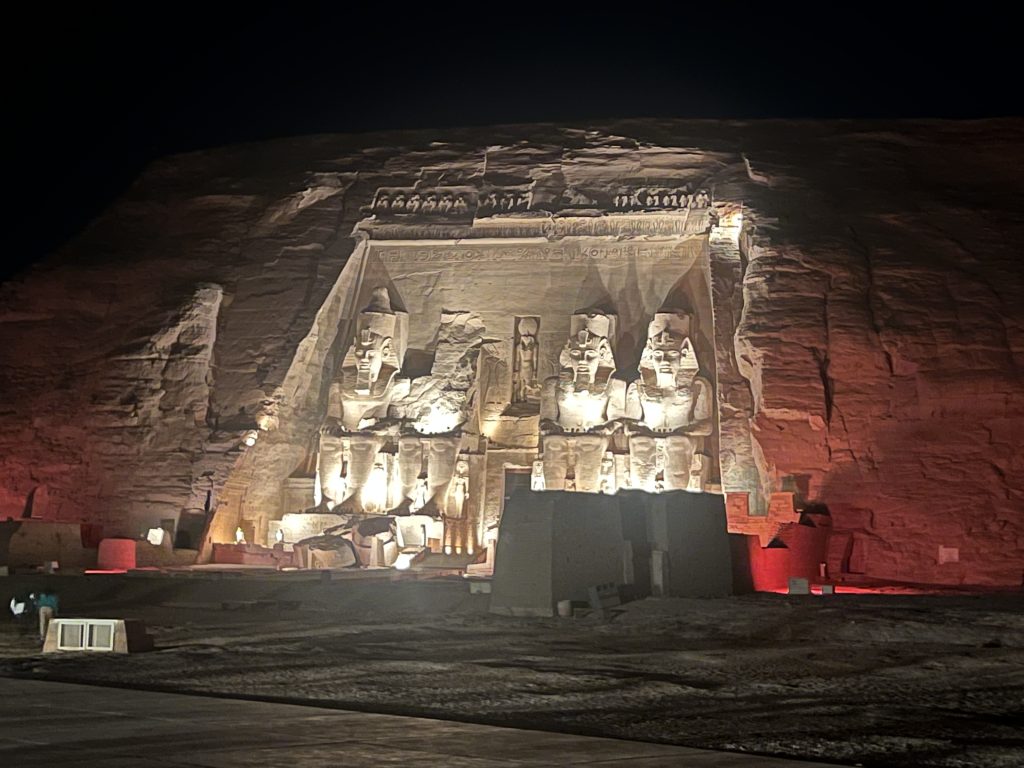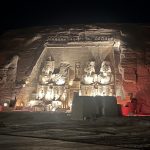Abusimble Temple south of Egypt
The two rock temples of Abu Simbel, mighty monuments of the “Builder Pharaoh” Ramesses II, are the southernmost on the soil of modern Egypt. In antiquity, the territory of Abu Simbel was part of Lower Nubia, among the whose conquered population the presence of the massive temples was intended to inspire the awe of Pharaoh’s majesty. you can visit the temple during your trip in Egypt with Egypt Dream Tours.
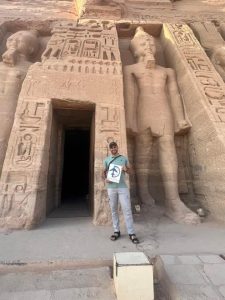
Ever since Belzoni first entered the main temple in 1817,
after having painstakingly cleared its entrance of a deep layer of sand which obstructed it, the temple has not ceased to amaze its visitors by virtue of its imposing size and the uniqueness of its design. Following the construction of the High Dam at Aswan city, Abu Simbel attracted additional attention on account of the international effort to salvage its temples from the rising waters of Lake Nasser threatened to engulf them. A team of experts actually cut the mountain slope which contained the temples into many transferable blocks, and reassembled them on a safer site nearby. The success of this gigantic project has preserved for posterity a unique heritage of Pharaonic Egypt.

The main purpose of the temples was to glorify the king in
-his divine aspect, as well as his principal queen Nefertari. In fact, the main temple was dedicated to both the king and the solar falcon god Re-Horakhty, to whom were added Amon-Re of Thebes and the Memphite god Ptah. Rock-cut effigies of these four deities (Ptah, Amon-Re)
-the divinized Ramesses II and Re-Horakhty) sitting side by side decorates the back wall of the temple, in its inner sanctuary. Similarly, the lesser temple, cut farther to the north, belonged to both the Queen Nefertari and the god of Hathor.
-Quite a few rock shrines are known from ancient Egypt , but nothing comparable in size and splendour to the temples of Abu Simbel.

Abu Simbel Temple Interior Design
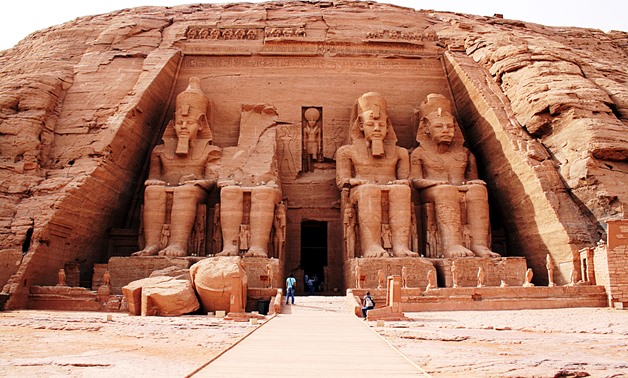
The salient feature of the main temple consists of four gigantic statues of Rameses II sitting on his throne, in front of the entrance. They were cut into the native sandstone to a height of 20 meters. Long rows of bound prisoners, Nubians and Asiatics, decorate the sides of their massive pedestals, under the king’s trampling feet.
The entire facade, 35 meters wide and 31 meters high, has the trapezoidal shape of a pylon, cut in the rock. Above the gate, the king is represented offering to Re-Horakhty.
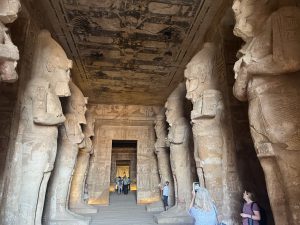
Six facts to know about Abusimble Temple
Construction
Abu Simble Temple was constructed by the most celebrated Ancient Egyptian king Ramses II. The process of construction began in Aswan.
The temple was mainly cut into a solid rock cliff. The main goal behind construction was to celebrate the victory of Ramses II that was established during the Hittites at Kadish battle in 1274 B.C.
2- Purpose of Abu Simbel
The temple was dedicated to a number of ancient Egyptian gods such as Ra-Horakhty, Ptah, and Amon.
3- What is found on Abu Simbel complex
Abu Simble complex mainly contains two main temples:
The Grand Temple that stands 30 meters high and 35 meters long featurting four seated colossi at the entrance of King Ramses II on his throne.
It also contains a number of paths and rooms. Scripts could be found written on the walls about Ramses’ II military victories, his personal life alongside portrayals of Ancient Egyptian gods.
The Small Temple was constructed for the Egyptian Queen Nefertari, Ramses II most favorite wife.
Located 150 meters far away from the Grand Temple, the Small Temple has a front featuring four great seated colossi, two of Ramses II and two of Nefertari.
The walls of this temple display images of Ramses and Nefertari while they’re praying to the gods.
4- Discover of Abu Simbel
It was first explored in 1817 by the early Egyptologist Giovanni Battista Belzoni, then Swiss researcher Johann Ludwig Burckhardt managed to further explore the temples.
5-Abu Simbel Astrological – Archaeological Mystery
The Solar alignment over the Grand temple is one of the Ancient Egypt phenomenons.
The rays of the sun penetrate into the temple and lightening the three statues for Ramses II and Amon twice a year; once in February 22 celebrating agriculture and cultivation season, and the second in October 22 celebrating flooding season.
The location of the four statues was chosen so they would darken because Ptah was the god of darkness.
6-Saving Abu Simble
In 1964, the Egyptian government has cooperated with UNESCO and decided to move the temples saving them from Nile Water due to High Dam.
#undiscovered_egypt #dream_Tours #abusimbeltemple #abusimbelegypt #statue #ancientegypt #ancientcivilizations #ancientart #ancienthistory #AncientMysteries #Ramses #ramsesthegreat #RamsesII #Nefertari #traveltheworld #travelblog #travelingphotographer #culture #tourist #tourismindustry #traveller #travellerreviewawards2024 #travelblog #traveldiaries #tourism
www.egyptdreamtours.com

